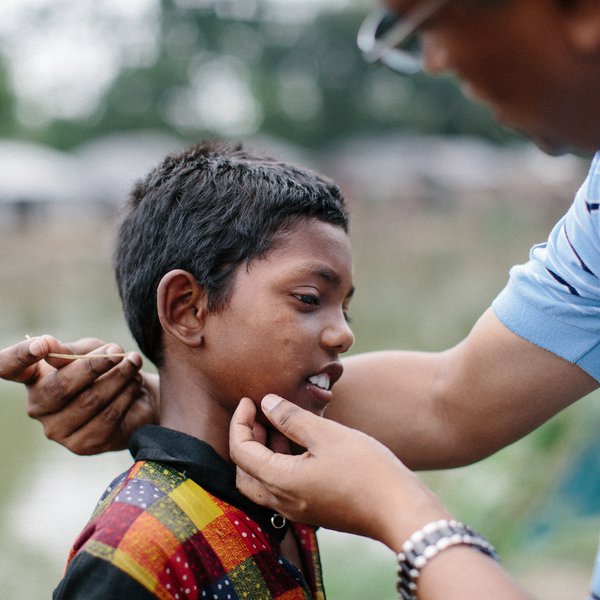Understanding and Preventing Transmission
Understanding and Preventing Transmission
The transmission of leprosy remains poorly understood. If we are to end the transmission of the disease, we must understand the mechanism of transmission better than we currently do.
Our Stanley Browne Laboratory in India is an established global leader in focused molecular studies in environmental reservoirs (leprosy bacteria are in common soil amoeba), transmission within households, and transmission of leprosy through the nose.
Meanwhile, our rural health programmes in Bangladesh enable large transmission studies to consider factors among blood relatives, household members, and various degrees of contact, as well as the clinical aspects that need investigating in relation to transmission.
This infrastructure and expertise leaves us in an excellent position to conduct world-leading research that will break down the barriers to understanding leprosy transmission.

A look at key transmission research from Bangladesh

Find out more about our strategic priorities